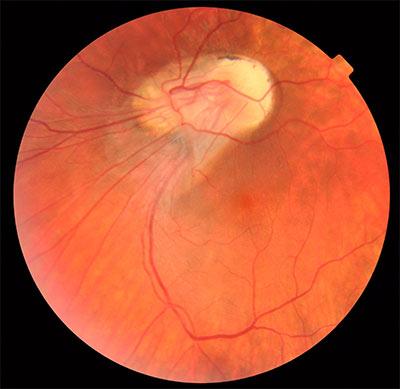Understanding the Incidence and Contributing Factors of Retinopathy of prematurity in Dar es Salaam
DAR ES SALAAM, TANZANIA — A recent inquiry has unveiled concerning statistics regarding retinopathy of prematurity (ROP) among at-risk infants at a tertiary care facility in Dar es Salaam. This condition is a significant contributor to childhood blindness, predominantly affecting premature babies whose survival rates have improved thanks to advancements in neonatal healthcare. The study aims to assess the prevalence and risk factors associated with ROP, providing essential insights as healthcare professionals in East Africa confront increasing instances of this preventable ailment. The findings are poised to influence future screening protocols and intervention strategies, highlighting the critical relationship between neonatal health and long-term outcomes for some of the region’s most vulnerable patients. As global efforts intensify towards enhancing maternal and child health,comprehending ROP dynamics within Tanzania becomes increasingly vital.
Trends in Retinopathy of Prematurity prevalence within Neonatal Units in Dar es Salaam
An analysis focusing on ROP prevalence trends across neonatal units in Dar es Salaam has revealed significant implications regarding its effects on susceptible newborns. Data gathered from various neonatal care centers indicates fluctuations in ROP cases over the last decade, with a notable rise attributed to improved survival rates among preterm infants.Records indicate that as advancements continue within neonatal care practices, so too does the percentage of infants at risk for developing ROP—emphasizing an urgent need for ongoing surveillance and specialized interventions. Key elements influencing this trend include:
- Rising rates of preterm births due to increased maternal health complications.
- elevated occurrences of low birth weight, heightening neonates’ susceptibility.
- Improvements in neonatal medical care, which have led not only to higher survival rates but also greater incidences of ROP.
A recent study aimed at understanding specific aspects surrounding ROP evaluated demographic and clinical characteristics among affected infants. Results indicated a consistent link between ROP prevalence and factors such as gestational age, birth weight, and exposure to oxygen therapy. The following table summarizes key demographics observed within this population:
| Characteristic | Percentage (%) |
|---|---|
| Gestational Age less than 28 weeks | 45% |
| Birth Weight under 1500 grams | 60% |
75% td > tr > tbody > table > This data highlights an urgent need for targeted screening initiatives alongside therapeutic approaches that address unique challenges posed by retinopathy of prematurity among neonates residing in Dar es Salaam. As healthcare providers refine their methodologies, integrating preventive measures along with routine evaluations can substantially enhance outcomes for those infants deemed at risk for this vision-threatening condition. Risk Factors associated with Retinopathy of prematurity Among At-Risk InfantsDelineating risk factors linked with retinopathy of prematurity (ROP) is essential for establishing effective screening protocols and preventive measures tailored toward vulnerable infants.Recent studies have identified several critical elements that may elevate the likelihood of developing this sight-threatening disorder; notably,gestational ageandbirth weight stand out as primary determinants. strong >Premature babies born before 28 weeks or weighing less than 1500 grams face heightened risks.Additional contributing factors include:
The socioeconomic environment also plays a crucial role concerning ROP incidence; limited access to quality neonatal services remains prevalent within lower-income regions like Dar es Salaam.A recent investigation conducted at a local tertiary hospital assessed both prevalence rates alongside associated factors impacting premature infants.The results indicated substantial correlations between adverse perinatal conditions leading up-to-the onset-of-ROP.The following table illustrates varying prevalence levels across different gestational age categories:
|
